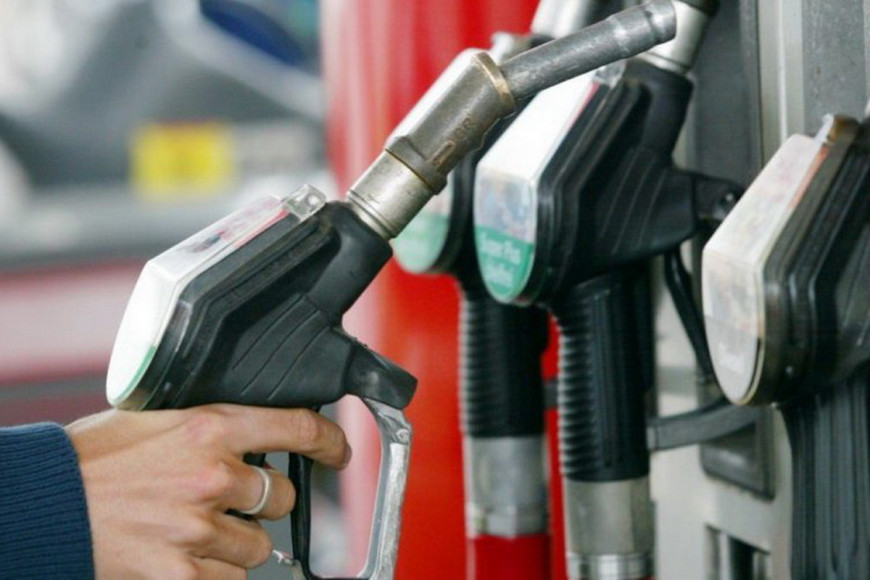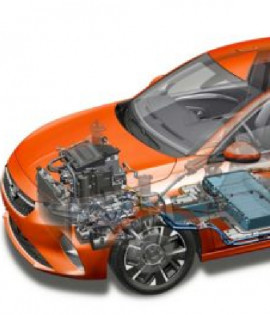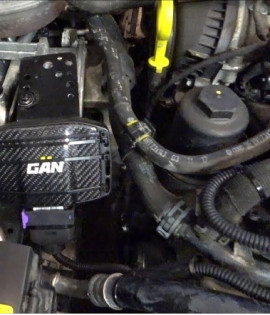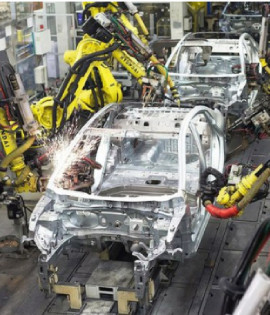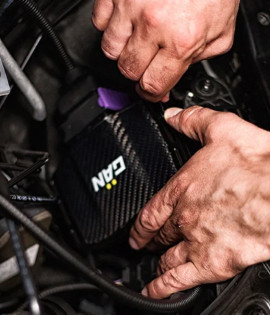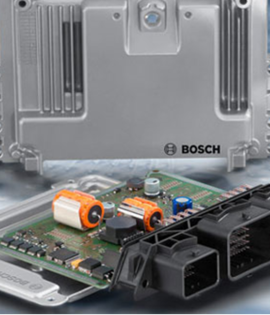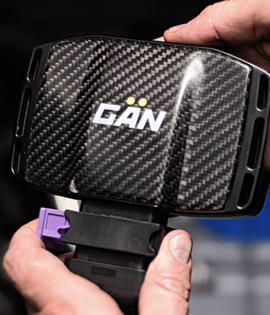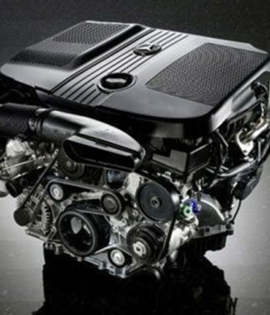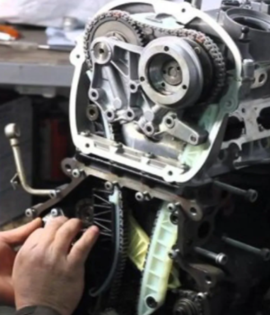How Does Popping a Tuning Module Under the Bonnet Affect Your Fuel?
Fuel consumption’s a tricky beast—it’s not as straightforward as it seems, with all sorts of sneaky little factors playing a part behind the scenes.
Driving Style: The Real Game-Changer
Your conclusions about fuel use mostly hinge on how you handle the wheel. If you’re the sort who cruises along nice and easy, a tuning module might just trim your fuel bill a tad. But if you’re the type who loves putting the pedal to the metal, don’t be shocked if your tank empties faster. To figure out why this happens, let’s dig into how these clever tuning modules tick, focusing on cars with naturally aspirated and turbocharged engines. We’ll spotlight the GAN units as our case study.
GAN GA+ Modules: Naturally Aspirated Engines
When it comes to GAN GA+ modules for naturally aspirated engines, here’s the gist: the module prods the ECU into switching to beefier fuel maps. These maps pump a richer fuel-air mix into the engine, tweaking the ignition timing as a result. There’s also a nifty eco-mode on offer. Flick it on, and the mix leans out—more air, less fuel—potentially slashing your fuel use by up to 15%. That’s a cracking perk for vans doing the rounds or anyone keen to keep more cash in their pocket at the petrol station. Mind you, GAN modules are chiefly about juicing up your engine’s grunt; the fuel savings are just a cherry on top.
GAN GT Modules: Turbocharged Engines
For turbocharged motors, GAN GT modules shake things up differently. They nab the signals from boost pressure sensors (on petrol engines) or fuel pressure sensors on the common rail (for diesels), dialling them down a notch. The ECU, thinking it needs to balance things out, ramps up the pressure instead—giving your engine a proper power boost. These modules stay well within the engine’s safe limits, so no worries there. If the power gets a bit too lively, your car’s safety net kicks in, flashing the Check Engine
light on the dash.
City Driving: A Fuel Consumption Nightmare
Trying to pin down fuel use in town is like nailing jelly to a wall—too many variables muck it up: rubbish roads, constant gridlock, and dodgy petrol quality. Don’t forget, when you’re stuck in a jam, your engine’s still ticking over, sipping fuel at idle. Depending on your engine’s size, that could mean burning through 0.5 to 2 litres an hour.
Winter Woes: Fuel Guzzling Season
Winter’s another story entirely, with a laundry list of things gobbling up fuel: the heater blasting away, window demisters, headlights on all the time, brutal weather, and those chunky winter tyres. The biggest culprits? Cold starts, warming up the motor, and trundling along with a chilly engine. GAN’s chip tuning can shave off about 1.5 litres on average in these conditions, making your drive a bit cosier on the wallet.
So, What’s the Deal with GAN and Fuel Economy?
Here’s the bottom line: slap a GAN module on, and you’ll get more oomph plus—surprise, surprise—better fuel economy. How? The torque gets a hefty boost in the engine’s happy zone, so you’re not faffing about with lower gears as much. Acceleration’s where fuel gets properly slurped up, but GAN cuts the time you spend getting up to speed. Sure, you might burn a smidge more fuel in the moment, but less time accelerating means savings overall. On turbo-diesel engines, you could even see up to 10% less fuel used. That said, how much you save depends on your driving habits and what motor you’re rolling with.



